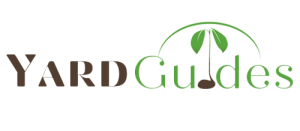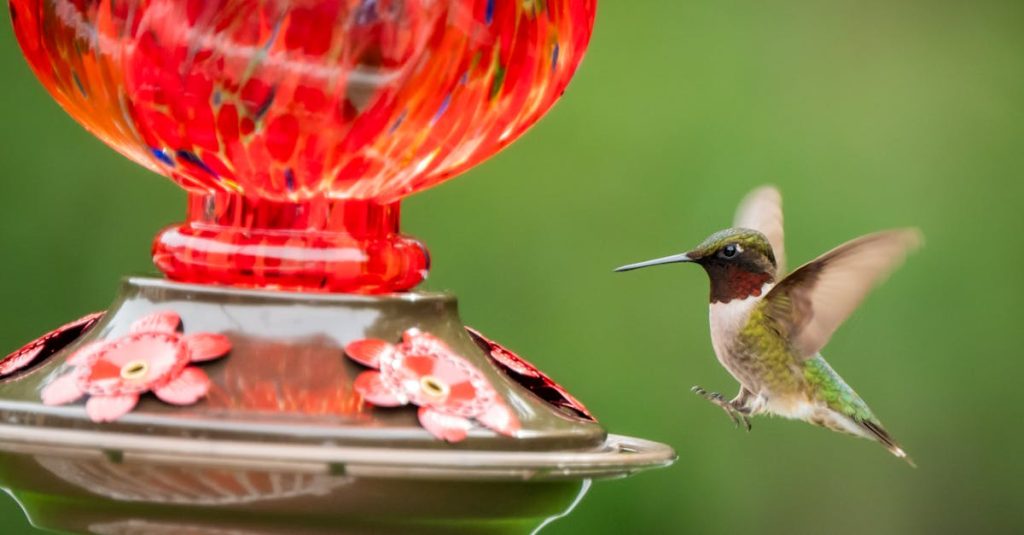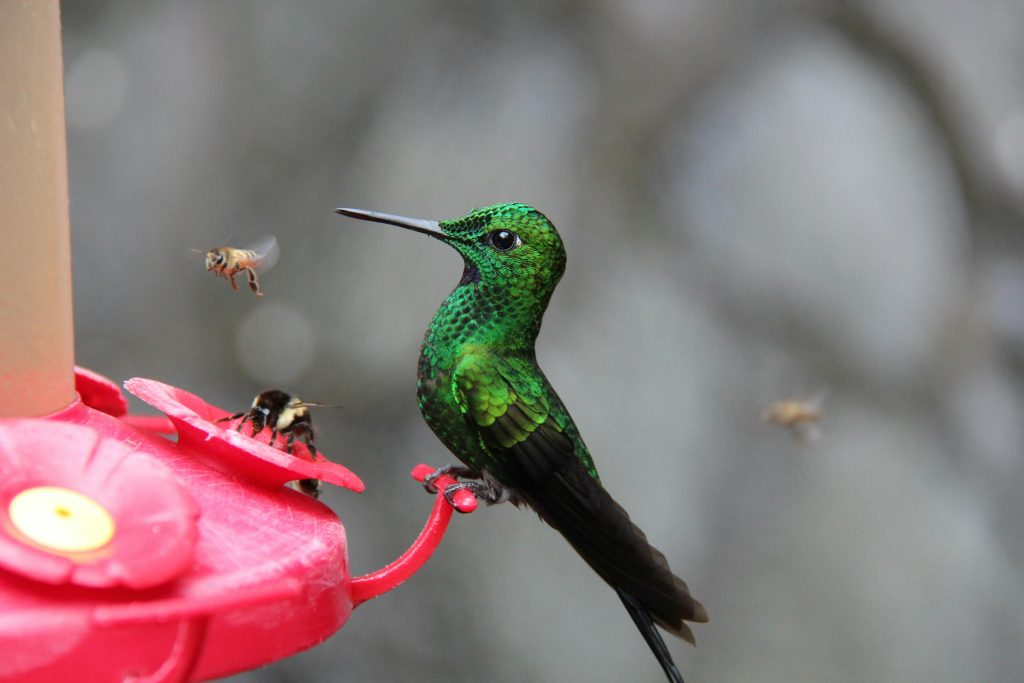Hummingbirds are drawn to vibrant colors, with red being a favorite. This preference is why many hummingbird feeders have to be red. But does a feeder have to be red to attract these tiny birds?
Urban landscapers and garden enthusiasts often wonder about the best colors for feeders. Understanding hummingbirds’ color preferences can enhance garden design. It can also support biodiversity in urban spaces.
This article explores the role of color in attracting hummingbirds. It also offers tips for creating hummingbird-friendly environments using native plants and well-chosen feeder colors.
Why Are Hummingbird Feeders Red?
Red is a strategic choice for hummingbird feeders because it mimics the color of many nectar-rich flowers. Hummingbirds are naturally equipped to seek out these flowers, associating red with nourishment.
Research confirms that hummingbirds have a strong preference for bright colors, especially red. This is because they have excellent color vision, extending into the ultraviolet spectrum. These visual abilities help them locate flowers efficiently.
Using red feeders offers several benefits:
- Enhances visibility for hummingbirds
- Highlights food sources in your garden
- Increases the chances of attracting birds

While red feeders are effective, it’s important to focus on the feeder’s visibility rather than the nectar itself. Clear nectar is usually recommended since red dye in nectar can pose health risks to hummingbirds, which we’ll discuss further below.
What Colors Do Hummingbirds Like Best?
Hummingbirds are not restricted to just red; they are drawn to a spectrum of vibrant colors. Their exceptional vision allows them to see colors like orange, pink, and purple, which mimic various nectar-rich flowers.
Gardeners should consider these colors when selecting flowers or feeders. A diverse palette can increase the garden’s appeal and attract more hummingbirds.
Colors that attract hummingbirds include:
- Bright red
- Vivid orange
- Deep pink
- Bold purple

By introducing a mix of these colors, urban gardens can better capture the attention of hummingbirds, enhancing their role as pollinator havens.
Is Red Hummingbird Food Safe? (Red Dye vs. Clear Nectar)
Many believe red dye enhances hummingbird nectar’s appeal. However, it’s unnecessary and could harm the birds. Hummingbirds rely on the feeder’s color, not the nectar’s hue.
Clear nectar is best. It poses fewer health risks and still effectively attracts hummingbirds. Why take chances with red dye when clear nectar is just as effective?
Consider these safety tips for hummingbird food:
- Avoid artificial dyes.
- Use a simple sugar-water mix.
- Clean feeders regularly.
Prioritizing clear nectar ensures hummingbirds receive safe nourishment. This simple step aids their health and supports vibrant urban pollinator populations.
Best Practices for Attracting Hummingbirds to Urban Gardens
Creating a hummingbird-friendly garden in urban spaces is both rewarding and vital for biodiversity. Native flowering plants play a crucial role in this endeavor, offering natural food sources.
Choose plants with red, tubular flowers to appeal to hummingbirds. Incorporate a range of colors and species to enhance visual interest and ecological support. A diverse garden benefits not just hummingbirds, but other pollinators too.
Follow these best practices for your urban garden:
- Plant native species.
- Provide water sources.
- Ensure feeder cleanliness.
- Avoid pesticides.

These steps create a thriving habitat, welcoming these beautiful pollinators to your garden while fostering broader community conservation efforts.
Conclusion: Designing a Hummingbird-Friendly Urban Space
By utilizing native flora and appropriate feeder designs, your urban garden can be a vibrant sanctuary for hummingbirds, promoting biodiversity and supporting essential pollinators effectively.


